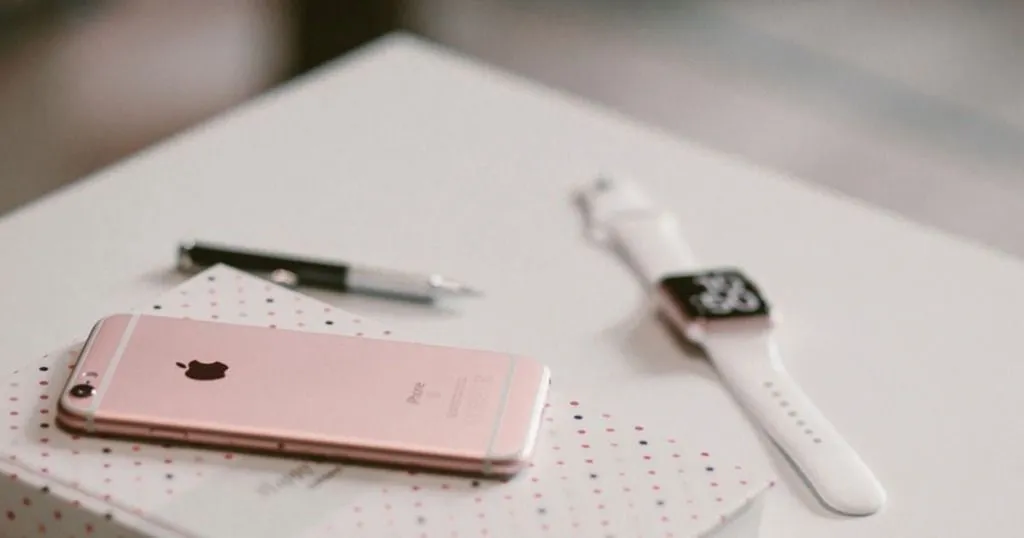Useful consumer neuroscience tools
Marketers track consumer behavior and try to understand it by learning more about the magic buy button.
Posted by
Published on
Tue 14 Jan. 2020

“Black Friday shoppers spent more in stores, broke records online over the weekend” USA today tells us. CNBC mentions a spend of $7.4 billion in the second largest online sales day ever! Many consumers hit the “buy” button on either Black Friday, Cyber Monday, Singles Day, or Boxing Day.
Although BBC reports a decline in Boxing Day 2019 shoppers, there were still some bargain-hunters disregarding the rain, with some shoppers on London's Oxford Street even waiting for stores to open at 9am.
Find the magic buy button
Marketers track consumer behavior and try to understand it by learning more about the magic buy button. Spoiler alert – that button does not exist! The decision-making process of consumers is much more complicated, researchers from Slovakia tell us. This blog post explains more about their research and how consumer neuroscience tools (FaceReader, eye tracking) can help marketers understand consumer buying behavior so they can improve their business success.
Learn more about consumer buying behavior
Don’t we all want to understand our potential clients’ buying behavior? Researchers Katarina Neomániová, Jakub Berčík and Anka Pavelka from the Department of Marketing and Trade of the Slovak University of Agriculture explain the importance of using the tools and techniques of neuroscience to understand how consumers make decisions about purchasing goods and services. How can the results of tests with these consumer neuroscience tools be linked with business success? Think about this $7.4 billion Black Friday sales figure!
How to capture decision-making consumer behavior
Traditional research methods like consumer surveys bring in a lot of information, but show a lack of deeper understanding about consumers’ attitudes towards a product and actual consumer behavior at the point of purchase. Eye tracking technology as well as emotion measurement provide more information about preference “in the moment”.
Neomániová and colleagues explain that consumer neuroscience tools such as eye trackers and FaceReader provide information about this specific moment of subconscious mental processing of information that plays a part in decision-making consumer behavior. Furthermore, they explain that it should not be perceived as an attack on traditional consumer research but is a complementary element to further investigate specific consumer decision-making.
Logo and brand awareness
According to Neomániová and colleagues, brands have gradually become a natural part of our lives. That is why they chose to study logo design for a local company and researched if this logo not only appealed to consumers’ conscious mind but also to the subconscious mind.
This can be tested through the approaches and methods provided by consumer neuroscience. They studied logo design because it is the first point of contact of a consumer and a company.
The study design
In a controlled laboratory environment with eye tracking and FaceReading technology running, Neomániová and colleagues invited 22 respondents – 9 men and 13 women – for a test and asked them to look at the original logo and at three newly designed logos.
Eye tracking technology
Eye trackers create heat maps of gaze fixations to present the results to the researcher. They are a convincing tool for two primary reasons, Neomániová and colleagues explain.
- The intuitive nature of the color scale associated with temperature minimizes the amount of learning and knowledge needed to understand them correctly.
- Because heat maps represent the data directly in the measured stimulus, interpreting them is simple. Using heat maps, Neomániová and colleagues were able to summarize a large amount of data that would be harder to interpret in numerical form.
FaceReader software
FaceReader software automatically calculates a valence from analyzing the emotions from the face of the participant. The researchers selected this scale as a metric for their research, which allowed them to find positive or negative emotions linked to one of the four logos.
Which logo will bring in more business success?
Based on the research outcomes, they selected the best logo. The researchers describe that for both male and female test participants logo 1 was the preferred logo: it held the gaze of the respondents for the longest time and each respondent’s gaze returned repeatedly to this color combination. FaceReader results showed a more positive valence for men for logo 1 compared to the original logo. Women showed the most negative attitude towards logo 3. In this project, the researchers chose to work only with valence as a measure of attitude; thus why only positive or negative can be reported. In the future they might want to use the new affective states in FaceReader such as interest, boredom, and confusion. Affective attitudes could also useful in the A/B testing they propose for the future.
Reference
- Neomániová, K., Berčík, J., Pavelka, A. (2019). The use of eye-tracker and face reader as useful consumer neuroscience tools within logo creation. ACTA UNIVERSITATIS AGRICULTURAE ET SILVICULTURAE MENDELIANAE BRUNENSIS, 67, 1061-1070.
- https://www.cnbc.com/2019/11/30/black-friday-shoppers-spend-record-7point4-billion.html
- https://eu.usatoday.com/story/money/2019/12/01/black-friday-shoppers-spent-more-store-online-over-weekend/4346469002/
- https://www.independent.co.uk/life-style/boxing-day-sale-how-to-shop-best-tips-hacks-online-store-a9251886.html
- https://www.independent.co.uk/news/uk/home-news/boxing-day-sales-2018-best-deals-uk-retail-shopping-a8699421.html
- https://www.bbc.com/news/50919880
Related Posts

What behaviors to focus on – Airport passenger experiences

The value of facial expression analysis in advertisements

